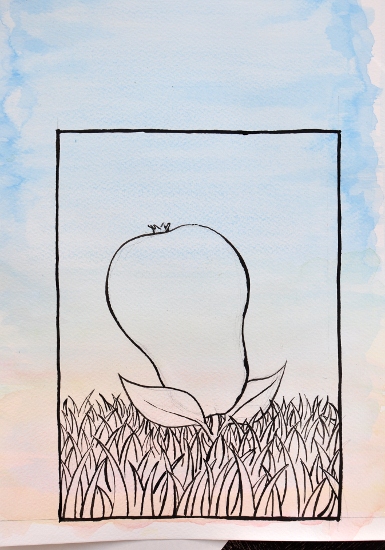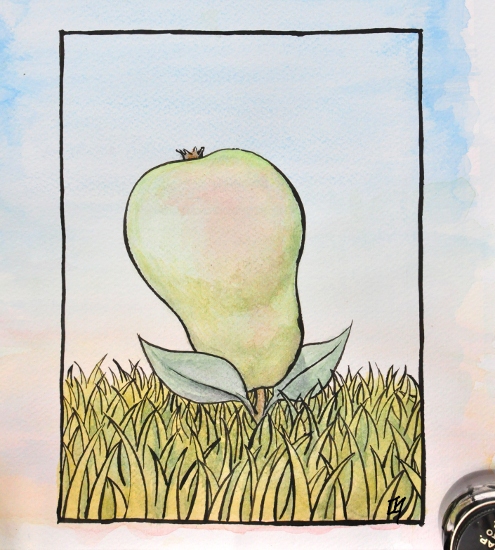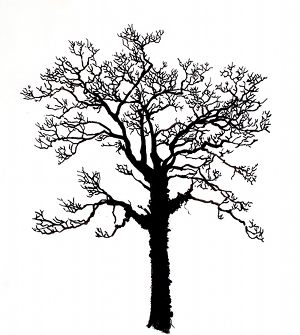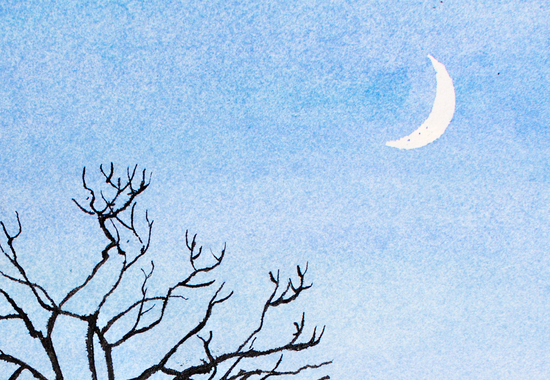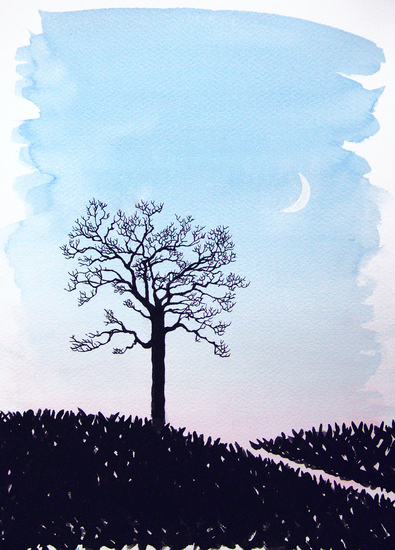I’ve been extremely remiss in not getting a post like this up before now. I blame (prize for originality) being tired and being busy. I’ve got a few things on my plate and, well, a good analogy is that I’ve been eating like a toddler. This post is one of those dried-up peas you find in the corner behind the wine rack, when you go to do a really good vacuuming. (Aside: Why did we buy a wine rack? Will there be a day again when this object has a use?)
Actually, my analogy doesn’t work at all. Let’s make that a fresh pea that rolled under the edge of the plate and I’m a pretty hungry toddler that eventually finds the pea and eats it. Or something. Maybe it should be a piece of mango. Anyway.
In my previous post about nibs, I mentioned that I’d ordered a Leonardt Hiro 700 nib but that it had arrived damaged so I couldn’t try it out. I fired off an email to Scribblers.co.uk, from whom I’d bought my nibs, and very soon they’d graciously sent me a replacement 700. Not very graciously, I didn’t get around to testing it for a while.
As you can see in this picture, I did eventually get around to testing it, then didn’t clean it that well. It’s a smooth, shiny, springy little object and I really wanted to like it.
As it happens, I really did like it. Testing it against a Gillott 303, I found the Leonardt 700 smoother and more controlled, with less risk of making puddles by dragging ink from previously-drawn thick lines (perhaps because it doesn’t put down as much ink at once? This attribute is probably quite dependent on the consistency of the ink, too). Looking back at my other post, I should have played with the Gillott 170 at the same time to get a comparison. The Leonardt 700 can’t get down to the hairline that the Gillott 303 makes, and doesn’t seem to have the same dynamic range as either the Gillott 303 or the Gillott 170, but it is very flexible and friendly to use. If I find I’m using it a lot, I will have to get a supply of them, because I don’t think these will last like the giant, stiff Hunt 513 EF that I’ve had for well over a decade.
Another note: Nick Mullins of nijomu.com, who uses nib pens a lot more than I do, has some much more professional-looking nib tests here and here, with more nib photos and discussion here. Nick noticed my post and linked over here.
Many thanks to Simon of Scribblers for the new nib.



